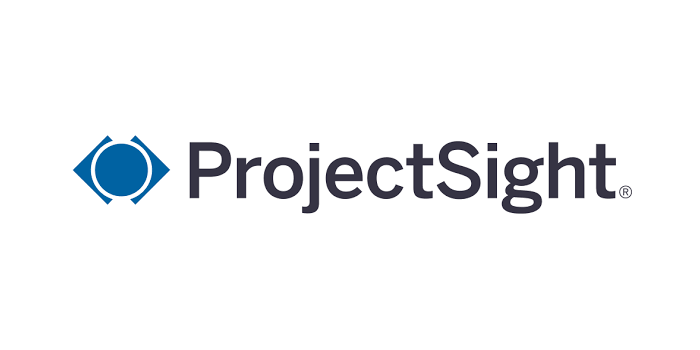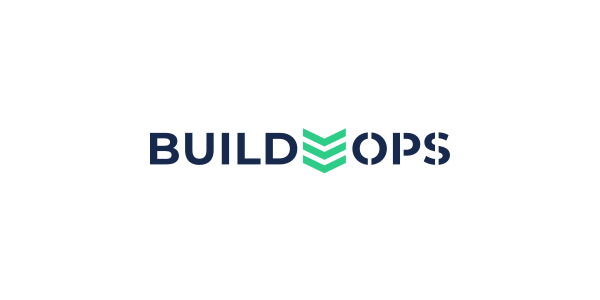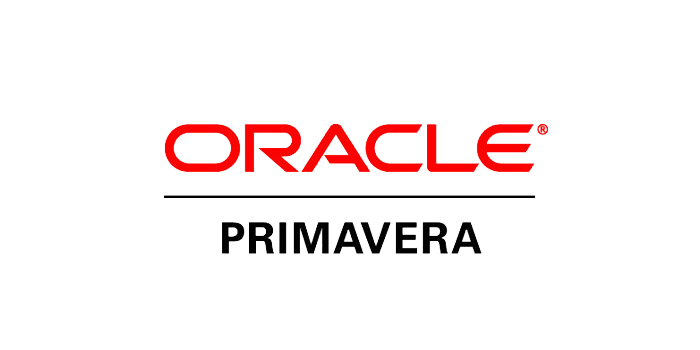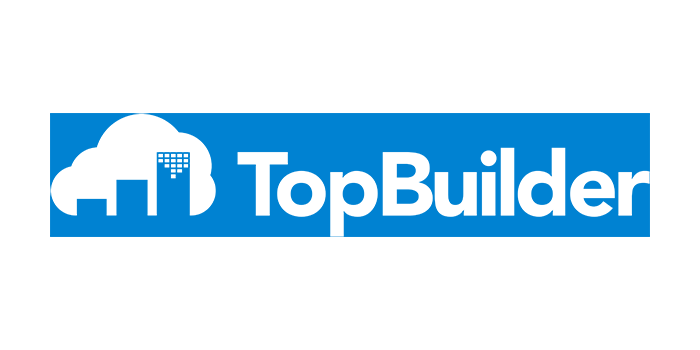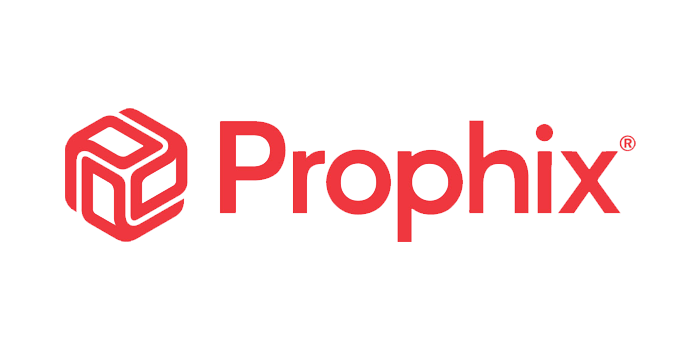This article was submitted by Tom Frisby of The Frisby Group.
As a dispute resolution consultant (www.frisbygroup.org), I have found that effective daily reports have been more important than, to tell you the truth, after the fact forensic schedules and expert witnesses. Daily reports are done in "real time" and if properly done, carry real credibility - I call daily documentation a Living, Unimpeachable Witness. To be properly done:
-
 I believe there should be a written company policy regarding daily reports and labor reports, as well as other field documentation.
I believe there should be a written company policy regarding daily reports and labor reports, as well as other field documentation. - The concept of these reports is to be a real management tool, not a claims tool. Which means then that the reports should be used by management: I say this because often the project managers do not review these reports or use them to help manage a job. Field personnel have a right to complain about "paper work" when that paper work is not being used by their managers.
- The reports should set forth variances . . . and the causes of variances. Which also means that I would hope to be able to see earned value, or productivity performance.
- And the reports should show such things as: stop and go; movement; stacking of trades; congestion; and other factors which affect the productivity of the project. Material handling is one of my pet peeves because when there are delays and disruptions, often material handling is a big ticket item but is never demonstrated on the daily reports.
- And I am concerned when the daily reports and labor cost reports are totally one-sided. If there are quality issues by the contractor, fess up. Probably such issues will only dent the value of a claim but the fact that the contractor does not reflect his own problems affects his credibility in my book.
- There must be more training of our field supervisory personnel regarding the value of field documentation and how to effectively maintain it. I would hope that all supervisory personnel have access to a laptop and some simple templates will enable the field supervisory personnel to tell the story accurately, honestly, and objectively every day.
- I want to stress accurately, honestly, objectively. I believe that irrespective of one's ethical make-up, from a practical point of view, honest presentations win a lot more than ones that are contrived. Years ago in a major case in New York, our firm represented a small earthwork contractor in a pretty major claim. The Owner's team was very high powered, wore tailored clothes, had polished fingernails that would blind you when the light hit them. Our side was led by a "country" lawyer; our expert was a pretty down to earth guy that really wasn't comfortable with the computer. A couple of our witnesses were field personnel who came to court straight from a job, mud on the boots and the stain of tobacco juice on their chins. Our client won a huge jury verdict, actually damages plus DTP damages. We talked to the jurors afterwards to find out what the deciding facts were. In summary this was what we were told: Well, those other guys were a lot smoother than you guys were. But since we really fully didn't understand the issues anyway, we went with the side that we felt was telling the truth and that was you.
- Field documentation is not an activity in a vacuum. It is an integral part of a dynamic process of project management. The daily report is both a planning tool and a report card. It lets the players know how they are performing within the parameters of the project schedule, and the look ahead schedules. It is a part of the concept of Kaizen for it is an early warning signal that something is going awry and needs correction. It is Paul Revere riding through the streets alerting management that "the British are coming" and something needs to happen to protect the project, either in home office support, claims notification, quality improvement, delivery problems or otherwise. It is the best way to support a proposal for impact due to project delays and interferences. I do not like to categorize a field report as a "document" which indicates something static. It is a part of the central nervous system of a project, properly done.


